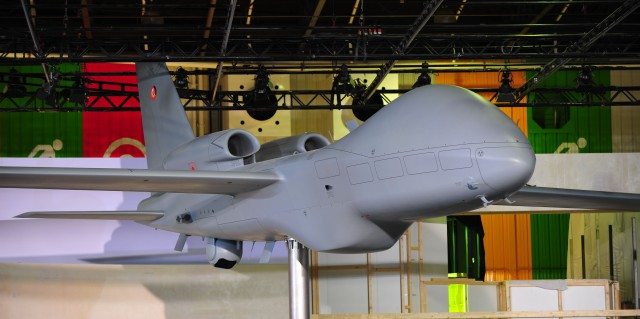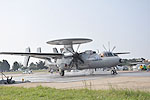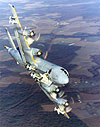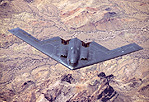
Albacete - La ministra de Defensa, Carme Chacón, destacó la importancia de tener una industria aeronáutica fuerte para "satisfacer las necesidades de Defensa" de España, ya que concretó que actualmente el sector de Defensa nacional está formado por cerca de 850 empresas "con unas excelentes instalaciones y un alto nivel de competitividad".
Chacón, que visitó las instalaciones de la fábrica de helicópteros de Eurocopter y acudió a la inauguración de las instalaciones de la empresa ITH, dedicada a la construcción de turbinas de helicópteros, ambas ubicadas en el Parque Aeronáutico de Albacete, subrayó la importancia de esta industria porque "es estratégica a la hora de satisfacer las necesidades de Defensa en España".
Para la ministra, "la eficacia de nuestras Fuerzas Armadas está directamente relacionada con contar con proveedores sólidos".
Asimismo, señaló que la industria de la Defensa es impulsora de la inversión en I+D+i, generando a la vez nuevos puestos de trabajo que contribuyan "a la buena salud económica de España". Además incidió también en que la facturación conjunta del sector es superior a los 3.600 millones de euros, de los que "un 40 por ciento provienen de las ventas al exterior". De esta forma, Chacón aseguró que "la integración de nuestra industria de Defensa con la europea se puede afrontar hoy, sin ninguna duda, en mejores condiciones que hace unas décadas".
La ministra agradeció al Gobierno de Castilla-La Mancha y al Ayuntamiento de Albacete el esfuerzo "por haberse convertido en un lugar estratégico para todo el sector aeronáutico militar, y no sólo militar", mencionando no sólo la presencia de Eurocopter e ITH, sino de la Maestranza Aérea y la Base de Los Llanos, que acoge desde hace unas semanas el TLP (Tactical Leadership Programme). De éste, la ministra de Defensa resaltó que "es un programa de enorme importancia para el planeamiento y la gestión de misiones aéreas con el personal militar de 10 países miembros de la OTAN".
"Entre todos estamos realizando un trabajo fundamental para que España cuente con tecnología punta de última generación para su Defensa, se fortalezca, además, económicamente y se convierta en un referente de excelencia".
Ideas y proyectos
Por su parte, el presidente de Castilla-La Mancha, José María Barreda, animó a los empresarios con ideas y proyectos a venir a esta región a instalarse. "En Castilla-La Mancha no estamos en las nubes ni estamos locos, sabemos lo que queremos" y eso se consigue, dijo, "gobernando en coalición con la sociedad", con empresarios, sindicatos y agentes sociales "con los que he firmado el Pacto por Castilla-La Mancha, con una parte fundamental que está dedicada a impulsar la inversión en I+D+i y a cambiar el modelo productivo para fomentar los sectores emergentes como el aeronáutico".
Igualmente, recordó que "con José Bono como ministro de Defensa y con Paco Pardo como secretario de Estado se pudo la semilla de lo que hoy es el Parque Aeronáutico de Albacete, donde está como principal imán la empresa Eurocopter", pero, defendió, "el actual Ministerio y su titular están apoyándonos de una manera incondicional e impresionante", añadió.
Presente y futuro
De otro lado, el director general de ITH, Ignacio Mataix, explicó el desarrollo de la empresa, perteneciente al Grupo ITP, en los 20 años de andadura, hasta inaugurar su planta en Albacete. Además, comentó que su industria se basa principalmente en el desarrollo de motores de defensa, pero no exclusivamente, puesto que "en los últimos siete años hemos invertido más de 1.000 millones de euros para conseguir fabricar turbinas de baja presión, donde hemos conseguido alcanzar una posición de liderazgo".
La apuesta de ITH para los próximos 20 años, avanzó Mataix, "será que el 50 por ciento de los aviones de doble pasillo tengan una turbina de ITP". De momento, a día de hoy, dijo, "mantenemos más de 20 tipos de motor diferentes" no sólo en España, para el Ministerio de Defensa, sino también en países de Latinoamérica y África. "Somos responsables, concluyó, de hacer de este centro una planta de referencia mundial".
.- Saludos.













